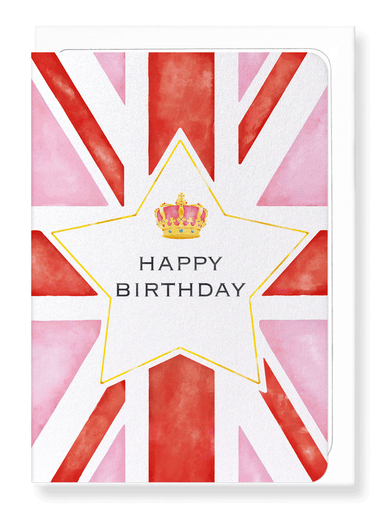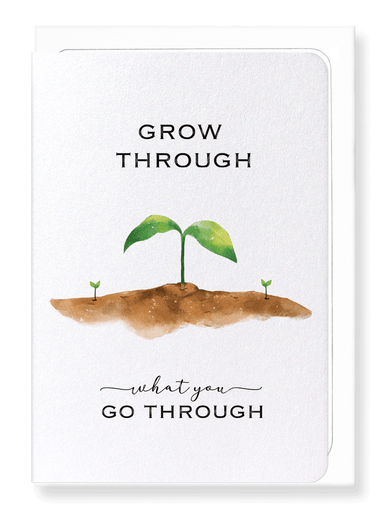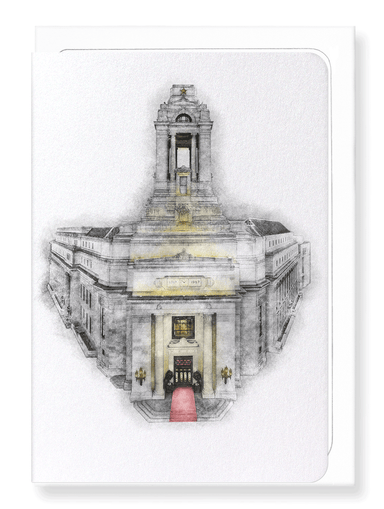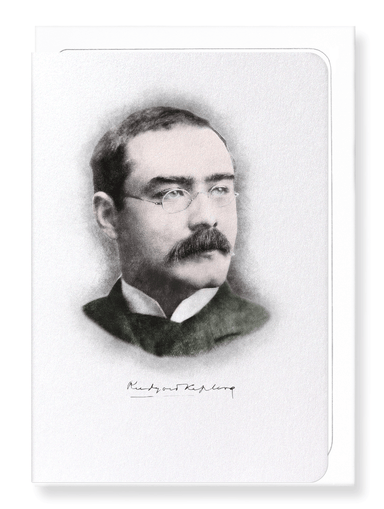Greeting card

FILBERT HAZLENUT: Botanical Greeting Card
Login to view pricing
Text on the reverse side: Also called the filbert, this is a species of the hazelnut (cobnut). With the hard outershell, nuts represent toughness ...
View full details



































